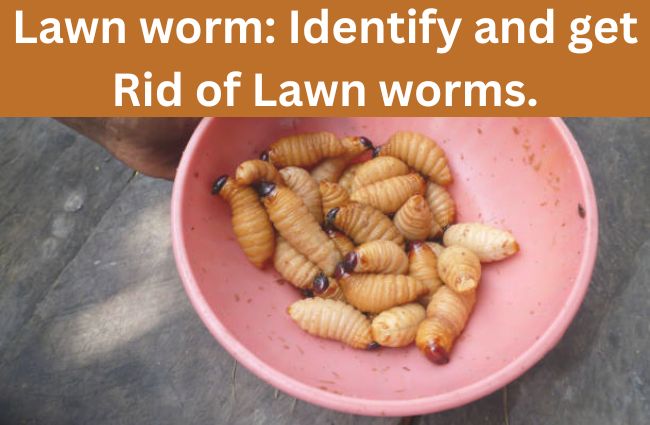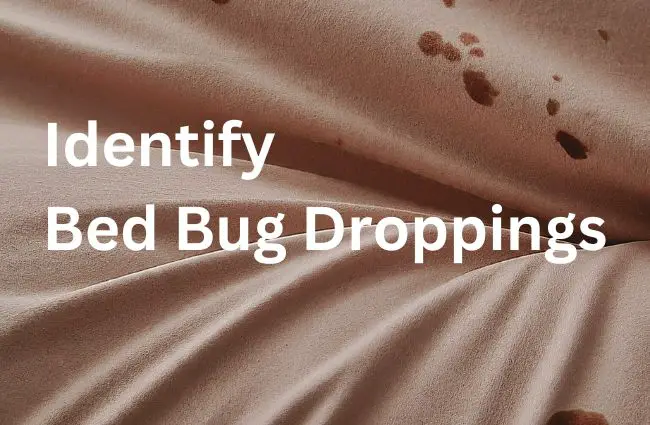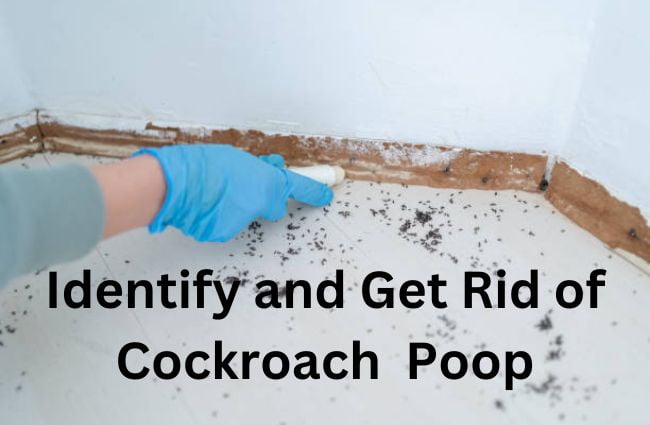Helpful Guides on each Category
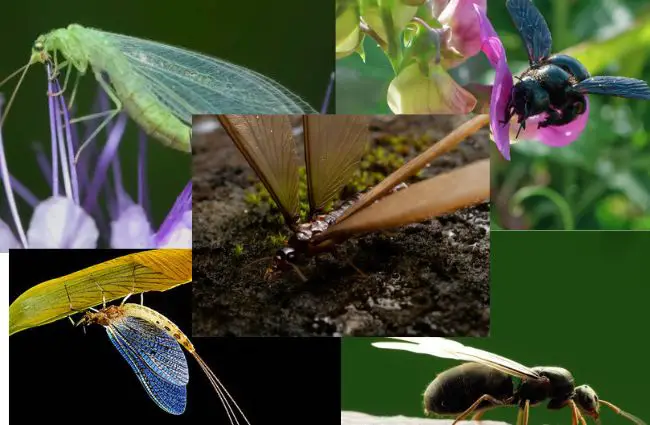
In Africa, flying termites (termite swarmers) is a diet eaten by many. Not all ant-like flying creatures are termite swarmers, there are bugs that look like flying termites. So don’t make the mistake of eating a different bug that looks like flying termite.
Aside from that, if you experience an infestation, it is good to know what exactly you are tackling so you can effectively tackle the infestation.
Fling termites are harmless ant-like flying insects with four equal wings. they are weak-winged and very much addicted to light. During their season after the rains have sunk deep into the soil and dead woods well and disturbed their habitats, they come out in swarms and are hunted down to prepare local delicacies, especially in Nigeria.
Read Also: Squash or Weed: 26 Weeds That Look Like Squash Plant (Pictures)
How to Identify Flying Termites
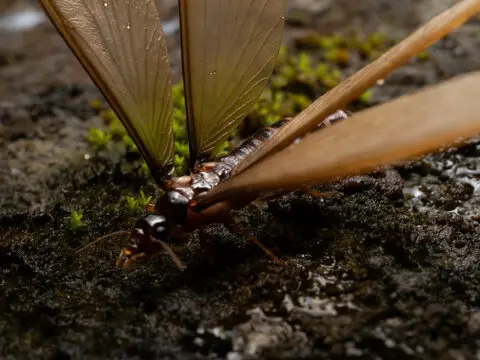
The table I made below excellently differentiates flying termites from flying ants;
| Feature | Termites | Ants |
|---|---|---|
| Body: | Broad, no pinch | Pinched, distinct segments |
| Wings: | 2 pairs, equal length, clear | 2 pairs, unequal length, larger front |
| Antennae: | Straight, bead-like | Bent, elbowed |
| Other clues: | Near wood, larger swarms | Not near wood, smaller swarms |
Grounghod infestation?: Identify Groundhog scat
To identify flying termites, also known as termite swarmers or alates, you can look for the following characteristics:
Size and body shape
Flying termites typically have two pairs of wings that are equal in length and extend beyond their abdomen. They are generally bigger than flying ants, with a body length of about 1/4 to 1/2 inch (6-12 mm) long. Termites have straight, bead-like antennae, while ants have elbowed antennae.
Colour
Flying termites are usually pale or light brown. However, the colour can vary depending on the species and environmental factors.
Wings
Termite swarmers have four wings that are veins, weak, clear and translucent. The wings are almost equal in size and are typically twice as long as the termite’s body. When at rest, the wings of flying termites are folded longitudinally.
Behaviour
Flying termites are attracted to light sources and are often seen swarming around windows, doors, or light fixtures. They are weak fliers and tend to flutter or hover rather than fly in a straight path.
Time of year
Termite swarms usually occur in the spring or early summer, depending on the species and geographic location. They typically swarm during warm, humid evenings after rainfall.
Flight
Flying termites can sustain flight, though they are not strong fliers. They are attracted to sources of light and can often be found near windows, light fixtures, or other illuminated areas during their swarming phase.
Interesting: 41 Popular Plants that Start with C
List of 7 Bugs That Look Like Flying Termites
- Carpenter ants
- Flying ants
- Acrobat ants
- Carpenter bees
- Powderpost beetles
- Mayflies
- Green Lacewings
1. Carpenter ants

Carpenter ants are often confused with flying termites, especially during their swarming season. While both have wings and dark bodies, key differences exist to help you tell them apart. Here’s a closer look at carpenter ants:
- Size: Vary depending on species, typically ranging from 6mm to 25mm (0.24-0.98 inches).
- Color: Black, brown, or reddish-brown.
- Body: Segmented with a pronounced “waist” between the thorax and abdomen.
- Head: Large, with strong mandibles for chewing wood.
- Antennae: Elbowed (bent) antennae.
- Wings: Two pairs of wings, with the front pair larger than the hind pair. Wings are usually smoky brown or black.
- Carpenter ants are more active during the day than nocturnal termites.
- They may leave behind piles of wood shavings (frass) near their nests.
- Smoky brown or black wing colour compared to the transparent light brown of flying termites.
2. Flying ants
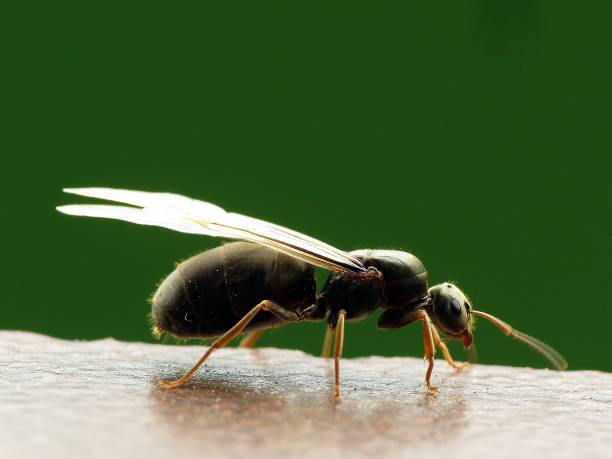
Flying ants, also mistaken for termite swarmers are also distinct insect groups with their unique characteristics. Let’s see how to identify flying ants:
- Size: Varies among species, ranging from a few millimetres to over 2 cm (0.08-0.79 inches).
- Colour: Black, brown, reddish-brown, or even yellow depending on the species.
- Body: Segmented with a narrow “waist” separating the thorax and abdomen.
- Head: Smaller than carpenter ants, with less prominent mandibles.
- Antennae: Straight antennae, unlike the elbowed ones of carpenter ants.
- Wings: Two pairs of transparent wings, with the front pair slightly larger than the hind pair.
3. Acrobat ants
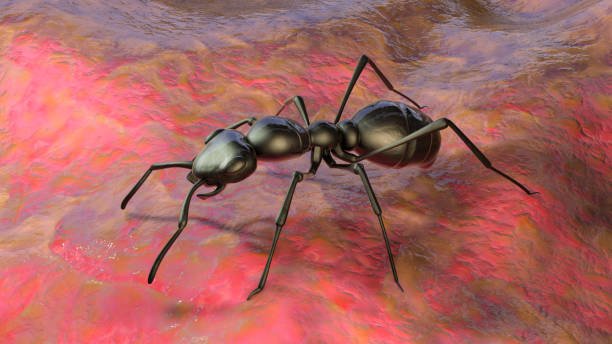
Acrobat ants, named for their unique defensive posture, add another layer of complexity to the “bugs that look like flying termites” puzzle. Let’s explore their acrobatic skills and differentiate these bugs that look like flying termites:
- Size: Small, typically ranging from 2-5mm (0.08-0.19 inches).
- Color: Black, brown, or reddish-brown.
- Body: Segmented with a distinctive heart-shaped abdomen when viewed from above.
- Head: Relatively small compared to the abdomen.
- Antennae: Straight antennae.
- Wings: Two pairs of wings of equal size, similar to termites.
- when threatened, they raise their abdomen high over their head and thorax, resembling a handstand. This is absent in both flying ants and termites.
- Look for the heart-shaped abdomen, a unique feature absent in flying ants and termites.
- Pay attention to their habitat: acrobat ants prefer moist environments like decaying wood or under rocks, unlike flying ants in established colonies and termites primarily build mud tubes or forage for wood.
How to get rid of Acrobat ants
4. Carpenter bees
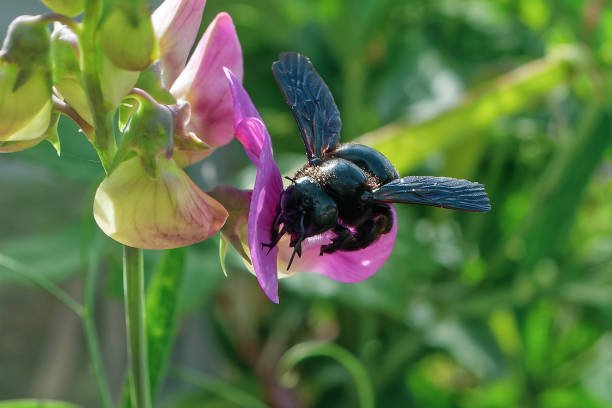
These bees, known for their impressive size and loud buzzing, can easily be mistaken for flying termites, especially during their active season. While both have wings and dark bodies, key differences exist. Let’s see these differences:
- Size: Large, ranging from 12-25mm (0.47-0.98 inches).
- Colour: Shiny black or blue-black, with some species having yellow markings on the thorax.
- Body: Stout and hairy, with a distinct metallic sheen.
- Head: Large and round, with strong mandibles for burrowing.
- Antennae: Straight antennae, shorter than the head.
- Wings: Two pairs of transparent wings, with the front pair slightly larger than the hind pair.
- Pay attention to their loud buzzing sound during flight, particularly near wooden structures.
- Carpenter bees are active during the day, unlike nocturnal flying termites.
5. Powderpost beetles
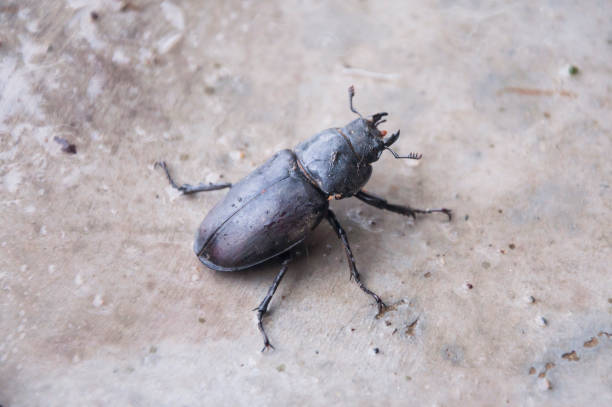
Powderpost beetles, notorious for leaving behind fine wood dust, are also bugs that look like flying termites. However, they are distinct insects with different behaviours and impacts. Let’s see more on powderpost beetles and how to differentiate them from termite swarmers:
- Size: Small, typically ranging from 2-6mm (0.08-0.24 inches).
- Colour: Reddish-brown to dark brown, almost black.
- Body: Elongated and cylindrical, somewhat flattened.
- Head: Distinct from the body, with short, clubbed antennae.
- Wings: Two pairs of wings, folded beneath the hardened front wings when resting.
- Larvae: Cream-colored, C-shaped grubs with brown heads.
- Look for fine, powdery wood dust (frass) near small exit holes (1.5-2mm diameter) in wooden structures. This is a telltale sign of powderpost beetle activity.
- Observe the exit holes: they are round and smooth, unlike termites’ exit holes which can be irregular and have frass protruding.
- Pay attention to the presence of adult beetles, especially during their emergence period (May/September).
6. Mayflies
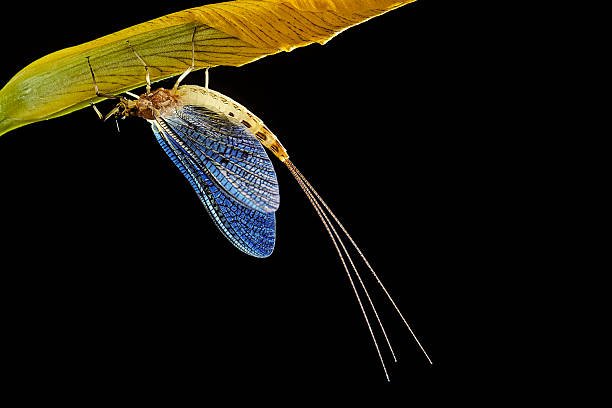
Mayflies, with their delicate wings and short lifespan, might seem harmless. However, they look like termites with wings, causing concern. Let’s identify mayflies and see their differences from flying termites;
- Size: Varies depending on species, typically ranging from 8-25mm (0.31-0.98 inches) in length.
- Colour: Green, brown, grey, or black, often with translucent wings.
- Body: Long and slender, with three distinct body segments.
- Head: Small with short antennae.
- Wings: Two or three pairs of delicate, transparent wings, with the front pair slightly larger.
- Tails: Two or three long, thread-like tails extending from the abdomen absent in flying termites
7. Green Lacewings

With their delicate wings and translucent bodies, green lacewings look like green termites with wings. However, these beneficial insects are natural predators of harmful pests, making them valuable allies in your garden. Let’s see how to identify and differentiate them from flying termites:
- Size: Adults are medium-sized, typically ranging from 12-18mm (0.47-0.71 inches) in length.
- Colour: Lime green to yellowish-green, with four delicate, transparent wings veined with intricate patterns.
- Body: Soft-bodied, slender, and elongated.
- Head: Large, with prominent golden or copper-coloured eyes and long, hair-like antennae.
- Eggs: Pale green or white, laid singly on long, slender stalks attached to plants.
- Larvae: Elongate and flattened, resembling tiny alligators with prominent, paired, tube-like mouthparts. They are commonly cream, tan, or yellowish with lengthwise lines or rows of dark spots.
- Observe the delicate, veined wings that are transparent, unlike termites’ opaque white or light brown wings.
- Pay attention to the long, slender stalks holding single eggs, a unique characteristic not found in termites.
See more.
Faqs on Bugs that look like flying termites
Are flying termites harmful?
Termites with wings are not harmful as they do not bite and are not a threat to your family or pets. In fact, they are recipes in certain cultures, but, for them to swarm your house becomes a thing of concern which should be addressed.
Why am I seeing flying termites?
If you see flying termites known as “swarmers,” in your house, it is because they just got disturbed by the rains in their natural habitat (woods and mud) and are looking for a new place to form a colony. They usually leave back to the woods naturally as your house is not their habitat.

